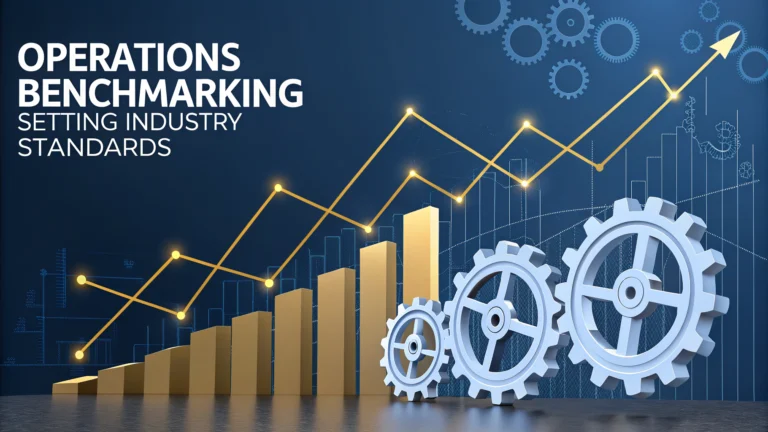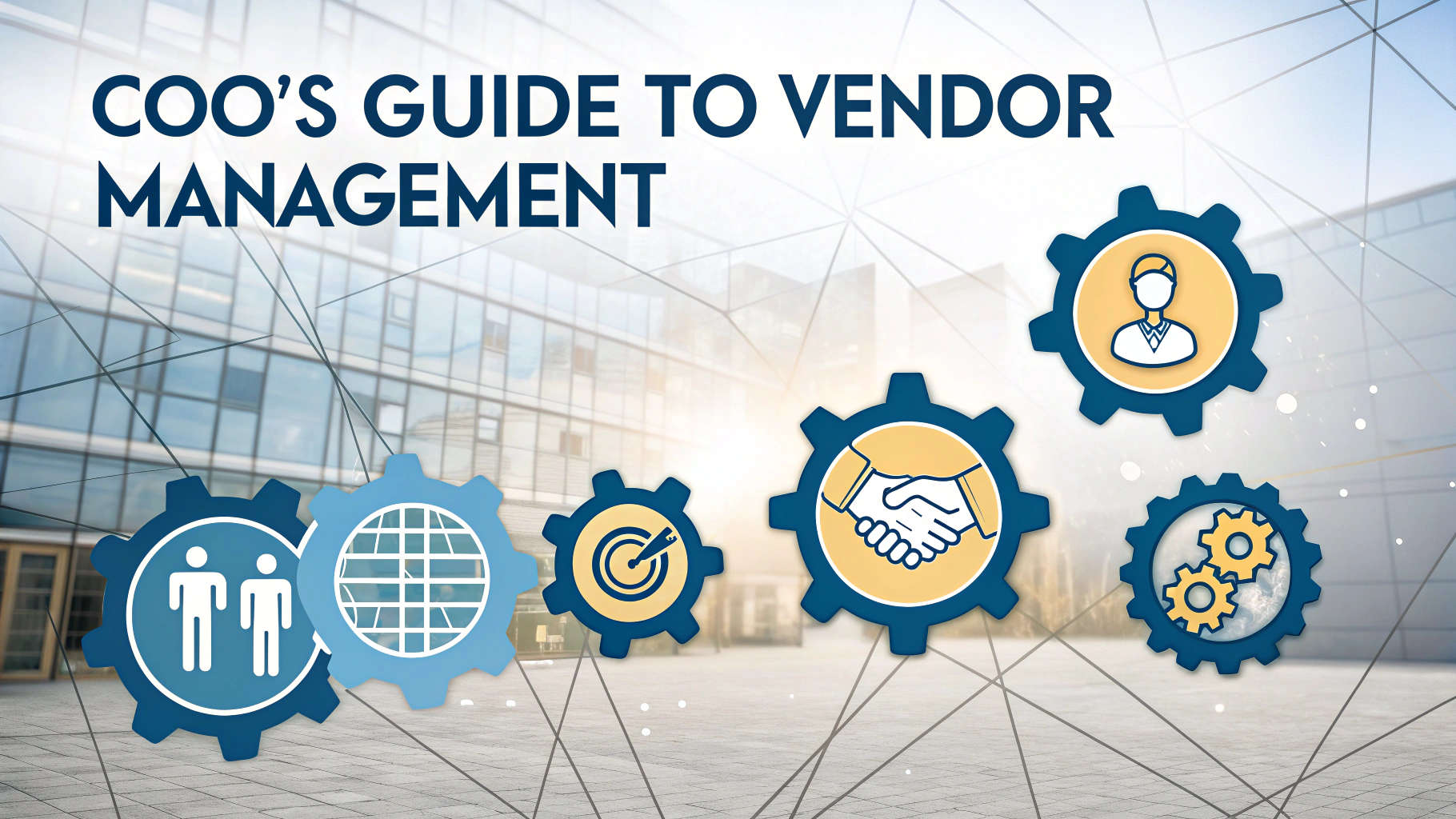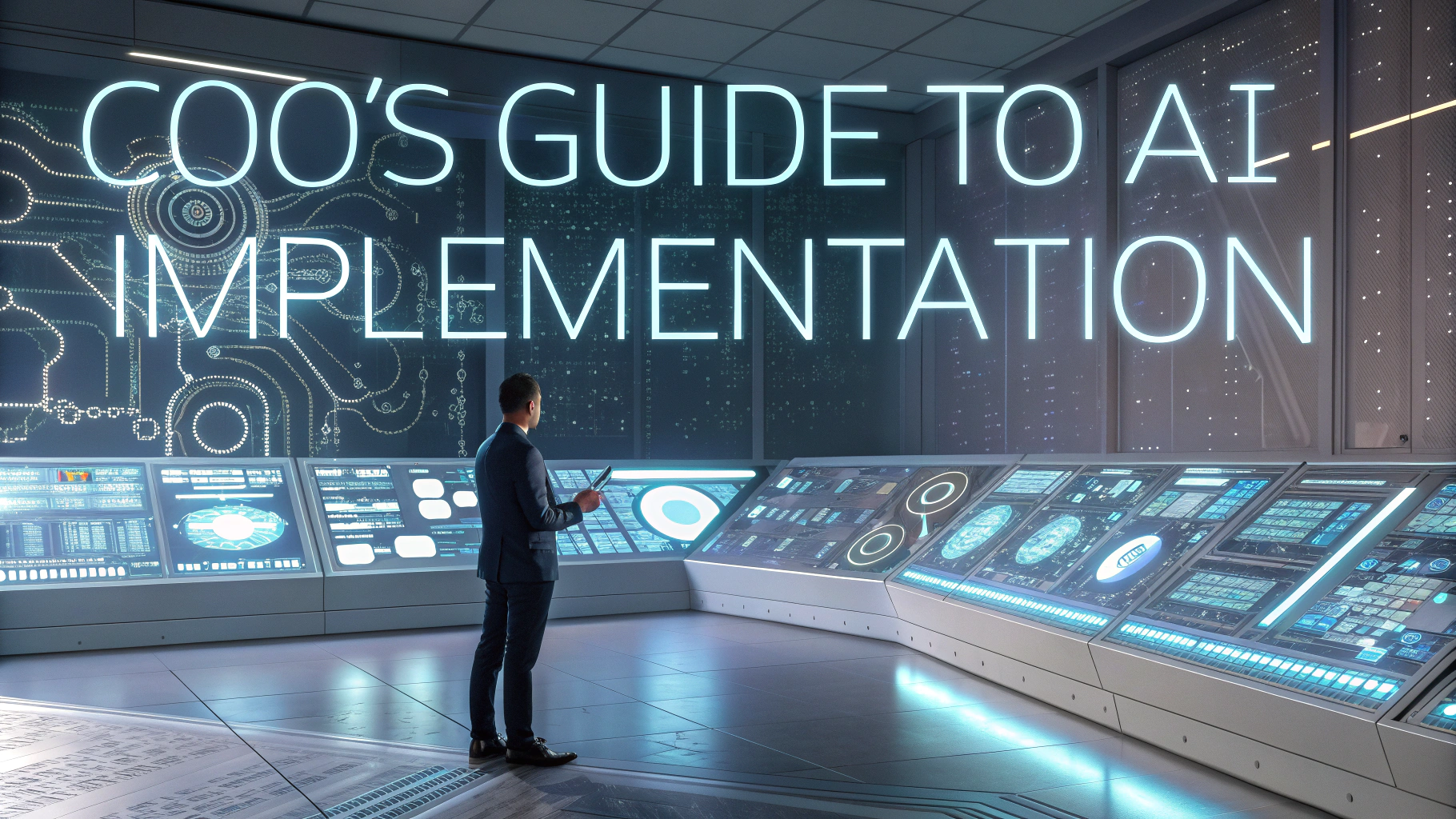Operations benchmarking helps organizations measure and improve their performance by comparing key metrics against industry leaders and competitors.
Setting meaningful benchmarks requires careful selection of relevant metrics, accurate data collection, and systematic analysis to identify areas for improvement.
This guide explores practical methods for implementing effective operations benchmarking strategies that drive measurable business results.
Selecting Key Performance Indicators (KPIs)
- Customer satisfaction rates
- Production cycle times
- Quality metrics
- Cost per unit
- Employee productivity
- Resource utilization
Data Collection Methods
Internal data should be gathered through automated systems, regular reporting, and employee feedback channels.
External benchmarking data can be obtained through industry associations, market research firms, and professional networks.
| Data Source | Benefits |
|---|---|
| Industry Reports | Broad market perspective |
| Competitor Analysis | Direct performance comparison |
| Customer Feedback | Service quality insights |
Implementation Strategies
Create a dedicated benchmarking team with representatives from different departments.
Establish clear timelines and milestones for data collection and analysis.
Use specialized benchmarking software to automate data collection and reporting.
Best Practices for Analysis
- Focus on trends rather than isolated data points
- Consider industry-specific factors affecting performance
- Account for regional and market differences
- Review both quantitative and qualitative metrics
Taking Action on Findings
Develop specific action plans to address performance gaps identified through benchmarking.
Set realistic improvement targets with measurable outcomes.
Monitor progress regularly and adjust strategies as needed.
Common Pitfalls to Avoid
- Comparing dissimilar operations or markets
- Focusing solely on numerical metrics
- Neglecting to consider organizational context
- Setting unrealistic improvement targets
Resources and Tools
Professional organizations offering benchmarking support include the American Productivity & Quality Center (APQC) and the International Benchmarking Clearinghouse.
Software solutions like SAP BusinessObjects and Oracle Enterprise Performance Management can automate benchmarking processes.
Moving Forward with Operational Excellence
Regular review and adjustment of benchmarking practices ensure continued relevance and effectiveness.
Success in operations benchmarking requires commitment from leadership and active participation across the organization.
Contact industry associations or consulting firms specializing in operations benchmarking for professional guidance and support.
Performance Monitoring Systems
Establish robust performance monitoring systems to track progress against benchmarks continuously.
Integrate real-time data analytics to enable quick response to performance deviations.
- Dashboard creation for key metrics
- Automated alert systems
- Regular performance reviews
- Trend analysis reports
Stakeholder Communication
Develop comprehensive communication strategies to keep all stakeholders informed of benchmarking results and initiatives.
Internal Communication
- Regular team updates
- Progress reports
- Success stories
- Improvement opportunities
External Communication
- Investor updates
- Industry partnerships
- Customer communications
- Supplier engagement
Continuous Improvement Culture
Foster an organizational culture that embraces continuous improvement through benchmarking insights.
- Employee training programs
- Recognition systems
- Innovation incentives
- Knowledge sharing platforms
Sustaining Operational Excellence Through Benchmarking
Successful operations benchmarking requires ongoing commitment to measurement, analysis, and improvement.
Organizations must maintain flexibility to adapt benchmarking practices as market conditions and business needs evolve.
Investment in appropriate tools, training, and resources ensures long-term success in operational excellence initiatives.
Regular evaluation and refinement of benchmarking strategies help maintain competitive advantage in dynamic business environments.
FAQs
- What is operations benchmarking and why is it important for setting industry standards?
A systematic process of measuring an organization’s performance against recognized industry leaders to identify performance gaps and opportunities for improvement. It’s vital for establishing competitive positioning and best practices within an industry. - What are the key metrics typically included in operations benchmarking?
Common metrics include operational efficiency, cycle time, productivity rates, cost per unit, quality metrics, customer satisfaction scores, inventory turnover, and capacity utilization rates. - How often should companies conduct operations benchmarking studies?
Most organizations conduct comprehensive benchmarking annually, with quarterly reviews of key performance indicators. However, continuous monitoring of critical metrics is recommended for dynamic industries. - What are the different types of operations benchmarking?
Internal benchmarking (within organization), competitive benchmarking (direct competitors), functional benchmarking (similar processes in different industries), and generic benchmarking (best practices regardless of industry). - How can organizations ensure accurate data collection for benchmarking?
By establishing standardized measurement protocols, using reliable data collection tools, implementing quality control checks, and ensuring consistent reporting methods across all benchmarking participants. - What role does technology play in modern operations benchmarking?
Technology enables real-time data collection, automated analysis, advanced analytics, predictive modeling, and cloud-based sharing of benchmarking information across organizations and industries. - How do regulatory requirements impact operations benchmarking?
Regulations influence data sharing limitations, privacy requirements, competitive information restrictions, and compliance standards that must be considered during the benchmarking process. - What are the common challenges in implementing benchmarking findings?
Resistance to change, resource constraints, cultural differences, lack of management support, difficulty in adapting best practices to specific contexts, and maintaining momentum for improvement initiatives. - How can organizations validate the relevance of benchmarking data to their specific situation?
Through careful selection of comparable organizations, adjustment for size and market differences, consideration of operational contexts, and validation of data sources and collection methods. - What is the relationship between benchmarking and continuous improvement?
Benchmarking provides the baseline and targets for continuous improvement initiatives, helping organizations identify gaps and opportunities while measuring progress toward best-in-class performance.







